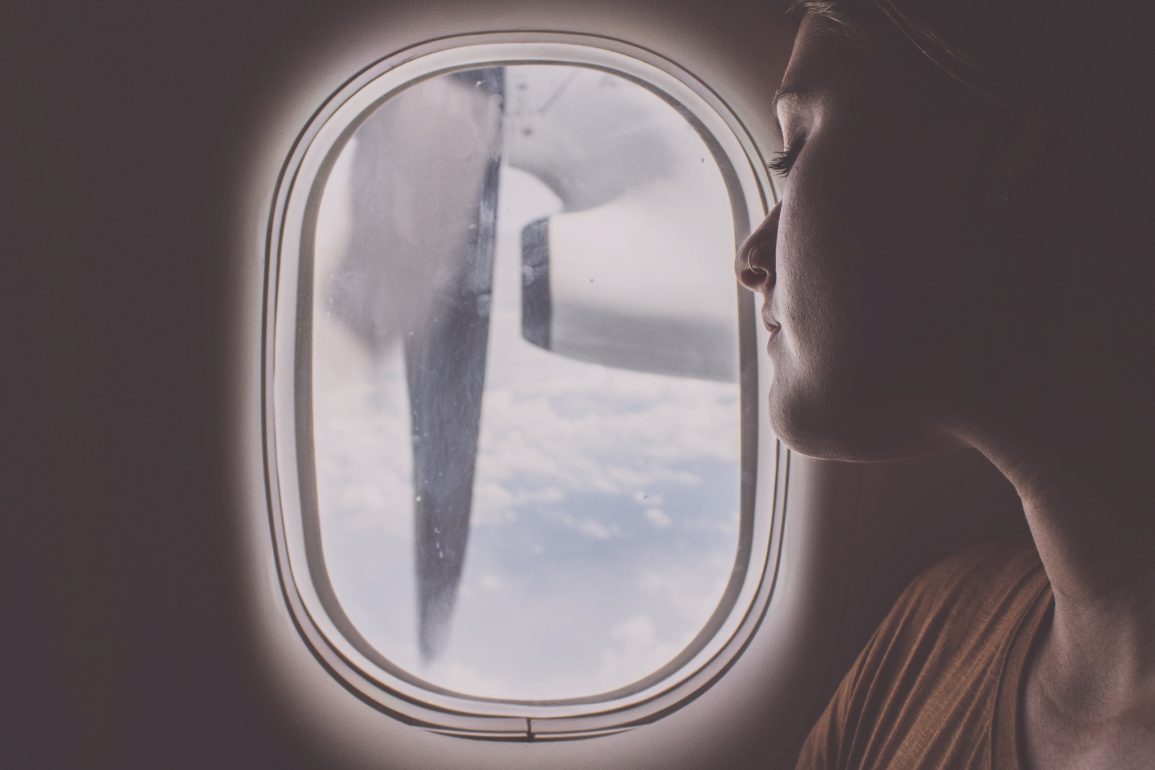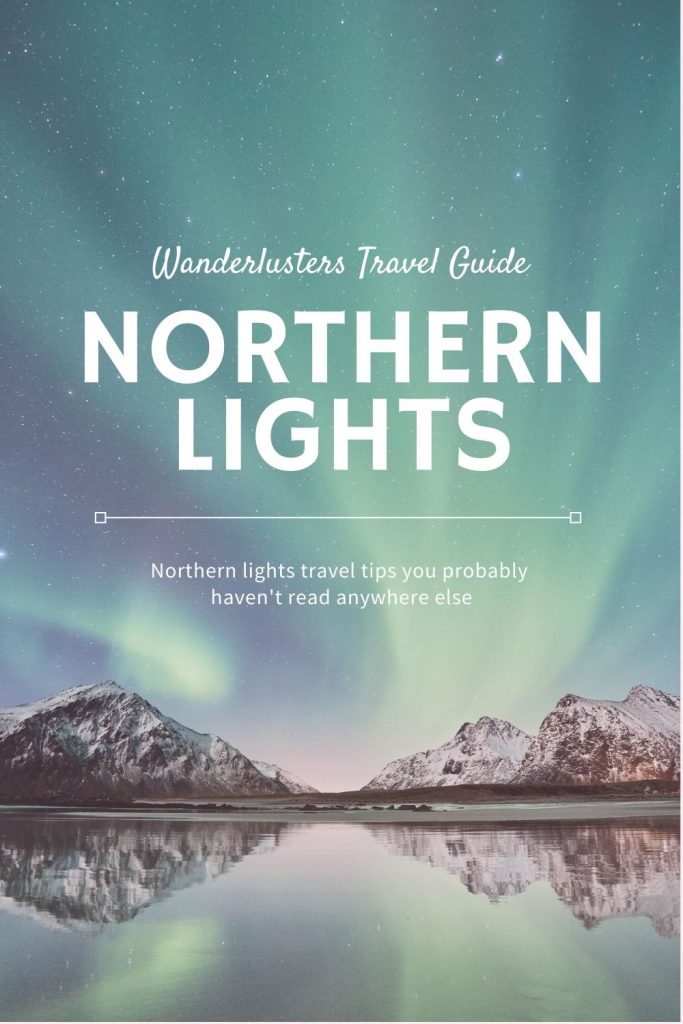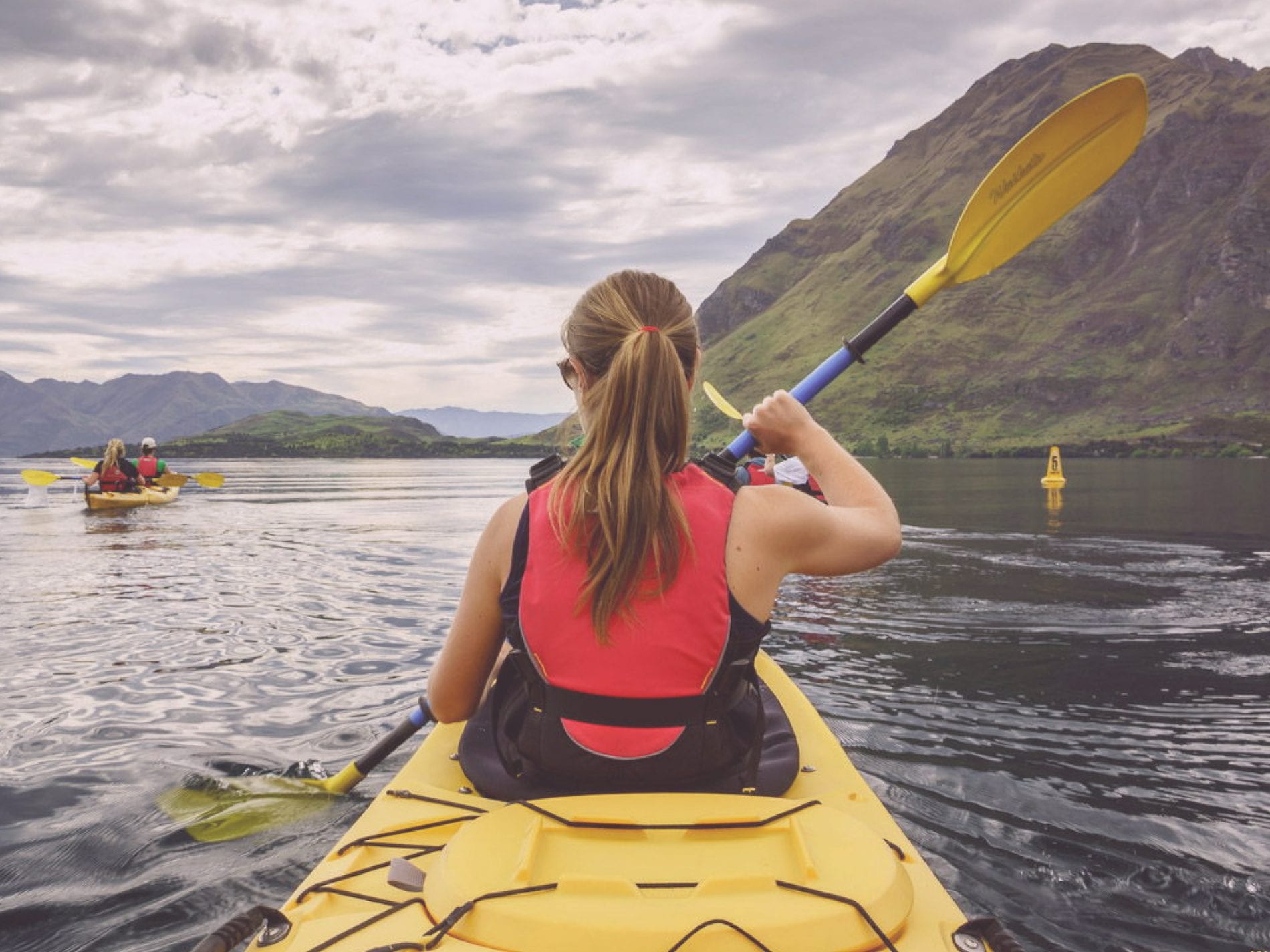Getting quality sleep while travelling can be challenging. Sleep deprivation combined travel anxiety/excitement/fatigue and jet lag will ultimately make your first days on the trip unenjoyable.
If you struggle to get some shut-eye on planes or find you can never get to sleep in a strange bed, here are our top tips for making sure you feel as rested as possible when you’re away from home.
Eat clean and carry health snacks
The type of food you eat will significantly affect how you feel during your trip and also directly impact the quality of sleep you get in transit. Dining out on heavy meals before or during a trip will make you feel lethargic and sluggish, and you may experience indigestion.
To avoid that, eat a simple meal with lean proteins, good fats, and vegetables or fruit before you travel. Take healthy snacks on your carry-on and avoid eating sugary, processed foods as much as possible.
Adapt your usual sleeping pattern
Modifying your sleeping patterns a few days to the trip will help you adapt quickly to a new time zone. Adjust your bedtime hours to those of your destination.
Choose a direct flight where possible
Although direct flights are typically more expensive, they offer convenience as you won’t experience any disruption during your journey. This will allow you to maximise the opportunity to rest in transit. You’ll also be travelling for less time overall meaning you’re more likely to arrive at your destination within a 24 hour period.
READ MORE USEFUL TRAVEL TIPS FROM WANDERLUSTERS
Stay hydrated and avoid alcohol
It’s been proven that air travel can cause the body to dehydrate so it’s really important to drink plenty of water when you’re airborne. Stick to water if possible, and avoid alcohol and sugary drinks that will stimulate your body and reduce the likelihood of getting any sleep.
However, don’t take too much water, as it will increase the frequency of visiting the toilet, which may disrupt your goodnight sleep.
Book a window seat
If possible, get a seat next to the window as you can lean your head against the side of the plane while you sleep. Sitting here will also mean that you won’t be disturbed by anyone in your row getting up to stretch their legs or use the toilet.
Don’t drink caffeinated drinks
Taking too much caffeine before or during the trip will make it hard for you to get sleep. Caffeine is found in coffee, sodas, and other beverages so keep an eye on the ingredients list of anything you choose from the beverage trolley.
The effects of caffeine consumption are actually greater at higher altitudes. You can easily get nauseated after a cup of a caffeinated drink while flying than when on the ground level.
Pack your own blanket and pillow
For optimum comfort when travelling pack your own blanket and a neck pillow. Most long haul carries offer these on night flights however they are often thin and poor quality so it’s best to bring your own if you can.
Choose a supportive neck pillow that will enable you to sleep comfortably. An Inflatable pillow is much more convenient as it will not take a lot of your packing space. It’s easy to miss your bed at home but blankets and pillows will enhance your comfort.
Wear a sleep mask to block out light
If you’re travelling on a red-eye flight you’ll find that the cabin lights will be dipped for most of the journey, however bright lights from entertainment screens and overhead lights can still affect your sleep. Carry a soft sleep mask to put on when your eyes are closed and you’ll find you are able to sleep better and may sleep longer.
READ MORE TRAVEL TIPS FROM WANDERLUSTERS
Avoid screen time before you sleep
Smartphones and laptops emit blue light that reduces the production of melatonin – the body’s sleep-regulating hormone. Reduced melatonin levels can cause insomnia so it’s advisable to switch off screens 30 minutes before sleeping. Try reading a magazine or a book, or listening to a travel podcast instead.
Wear comfortable and supportive clothing and slip-on shoes
Soft, non-restrictive clothing is key to comfort when travelling for long periods. Choose to travel in natural fabrics that breathe, and wear styles that don’t have buttons and zips to minimise discomfort when sitting.
You could also consider wearing slip=on shoes and removing these when in your seat. Carry a pair of thick bed socks to put on instead.
Minimise Your Carry-On
If you board the plane with an extra carry-on, you might be forced to place it under your feet. This will reduce your legroom and could cause you to sit in an uncomfortable position which may lead to cramp. Choose a regulation carry-on bag and ensure your personal item fits inside. This means that you can take your blanket, pillow, sleep mask and soaks out of your bag and place your personal item inside before stowing everything you won’t need during the flight in the overhead locker.
INSPIRED? PIN THIS POST TO YOUR TRAVEL PINTEREST BOARDS NOW!

Getting a goodnight’s sleep when travelling minimises the effects of jetlag and maximises your enjoyment of the places you visit. Do you have any tips for sleeping on planes?
Featured photo by Ethan Sykes on Unsplash







